A Visual Story on Pakistan's Education System
Gender Disparity, Urban-Rural Divide and the Lack of Facilities; Explained through an Example from Sindh
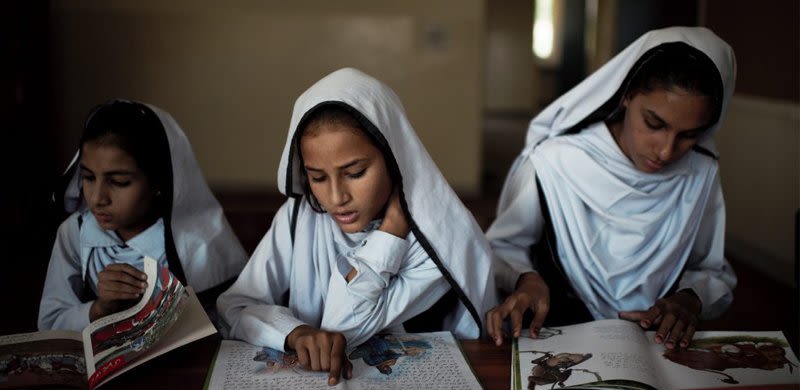
Females form a large chunk of Pakistan's Population
Almost half of the country's population consists of females. Yet, they face discrimination in many ways and are disadvantaged in comparison to men in almost every walk of life. In the Global Gender Gap Index 2020, Pakistan was ranked third-last in the list of 153 countries.
The Low Literacy Rate Among Females
One of the very common metrics used to indicate the educated percentage of population in a country are the literacy rates.
Adult Literacy Rate: It is the percentage of people ages 15 and above who can both read and write with understanding a short simple statement about their everyday life.
Comparison With Other Countries:
In comparison to some of the other countries who have either the same religion or region as Pakistan, it has a very low literacy rate among females. The adult female rate in Turkey and Saudi Arabia is almost twice as in Pakistan. Among males, Pakistan's adult literacy rate in 2017 was above 70% which almost similar to Bangladesh.
While Literacy Rates are commonly used, there are more and better metrics available too through which a country's education standards can be measured. Let us take now take a look at some of them and also explore the education disparity among various areas in Pakistan!
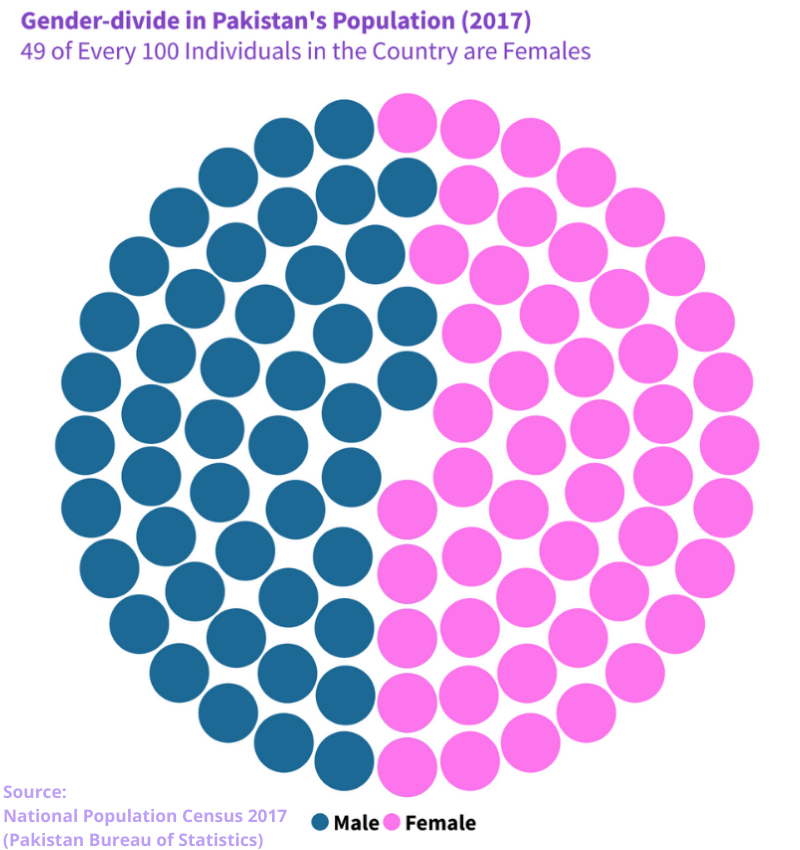
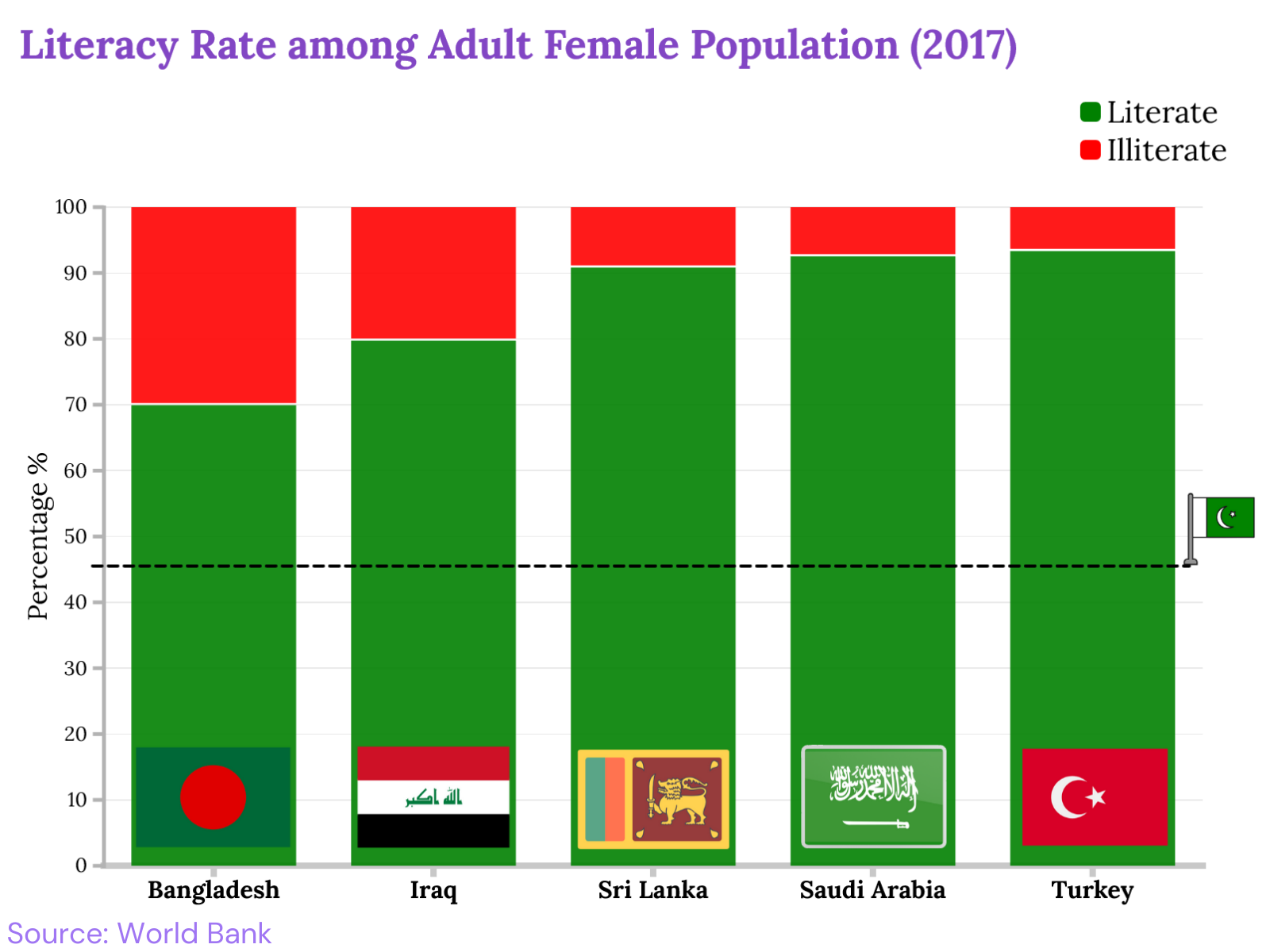
The Increasing Gender Disparity at Higher Levels
Data shows that as the level of education starts rising, less female students continue their education as compared to the men. One of the possible reasons for this could be the gender roles present in Pakistani society. If the purpose of female's education is to not prepare them for any job or work, it loses its importance. Thus, parents do not continue to prioritize their daughters' higher education compared to the earlier stages.
(Source for data: Pakistan Social And Living Standards Measurement Survey 2019-20. This is later regarded as "PSLM Survey 2019-20".)
Rural-Urban Divide in Education Across Provinces
The access to education is widely different in the rural and urban areas in Pakistan. While more than 70 percent of the urban population has attended school at least once in their lives, this percentage falls to 52 in the case of rural population. More than 65 percent of the rural female population do not meet the literacy standard, while 65 percent of the urban females are literate.
Punjab has the highest adult literacy rate and percentage of population that has ever attended school. Rajanpur, with the adult female literacy of only 17 percent in its rural areas, is the worst ranked district in Punjab. This percentage is similar to the average adult literacy rate among rural females in Balochistan i.e., 18 percent.

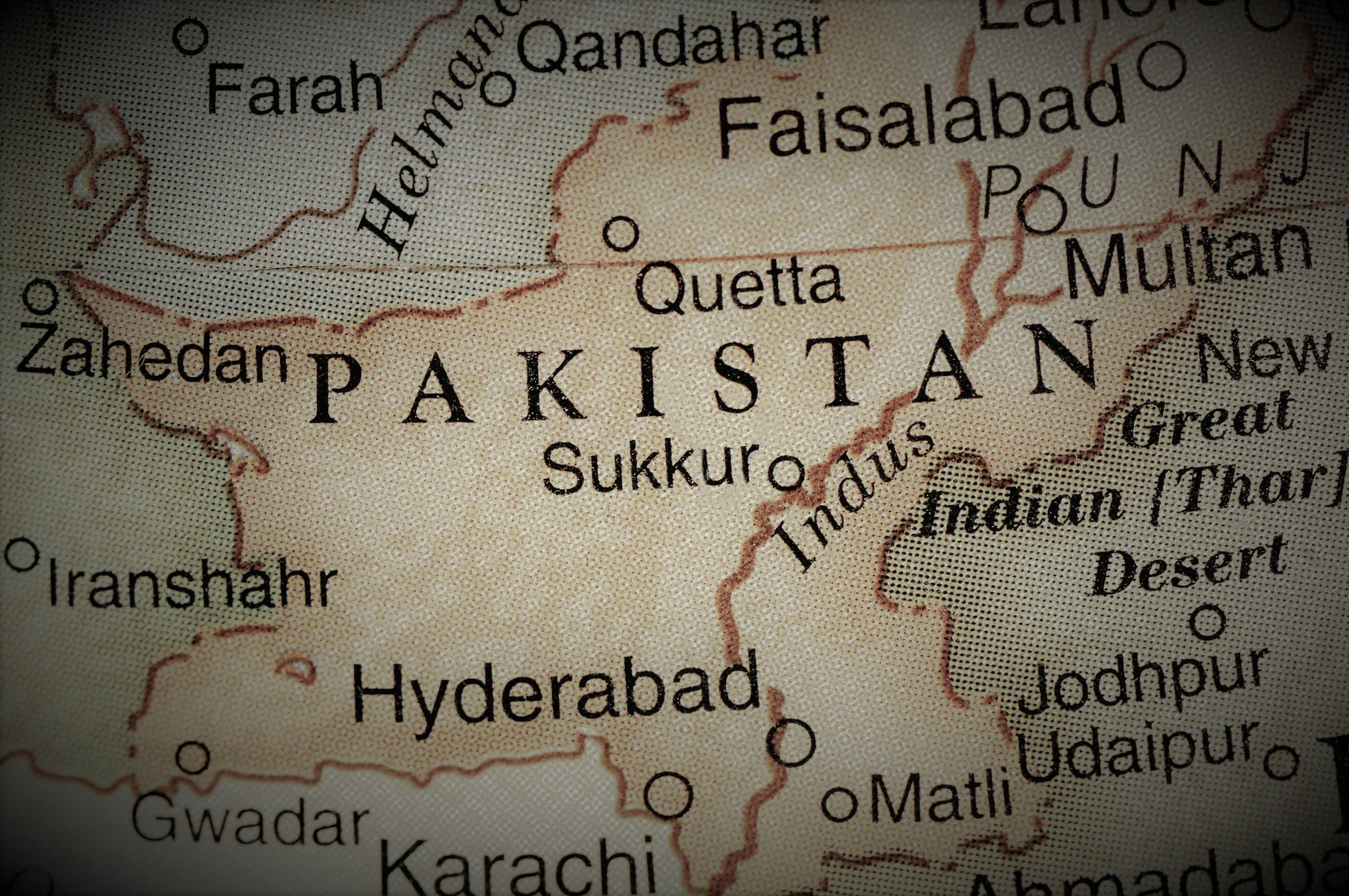
A Look At Some Examples From Sindh
We have seen above that how there is gender disparity and urban-rural divide in the education sector of Pakistan. Through our first example in Sindh, we will explore more about these two problems.
Ghotki is a district which lies besides the Indus River in the north of Sindh. The district, which is one of three in the Sukkur division, has a population above 1.6 million.
The education statistics released by Sindh government regarding the primary, secondary, and upper-secondary schools show us the low ratio of females in the students and teaching staff in the educational institutions of Ghotki.
While more than 75 percent of the schools in rural Ghotki are mixed (for both genders), just 15 percent of the teaching staff in these are females. The mixed school percentage in urban areas is also not less than 75%, but the female teaching staff ratio is limited to only one-third of the total.
The cultural and religious traditions might restrict some parents to send their daughters for education in such male-dominated teaching staff.
Note: All data used in the examples from Sindh is from the year 2016-17. The source for the data is the School Education Statistics 2016-17 (By Sindh Management Information System).
Lack of Facilities in School
The lack of basic facilities in schools in Pakistan, particularly in the rural areas, is another big challenge to its education sector. The figures for 2016-17 from Sindh show how limited number of schools have access to facilities such as electricity, drinking water, washrooms, boundary walls, laboratories, libraries, play grounds, class rooms etc.
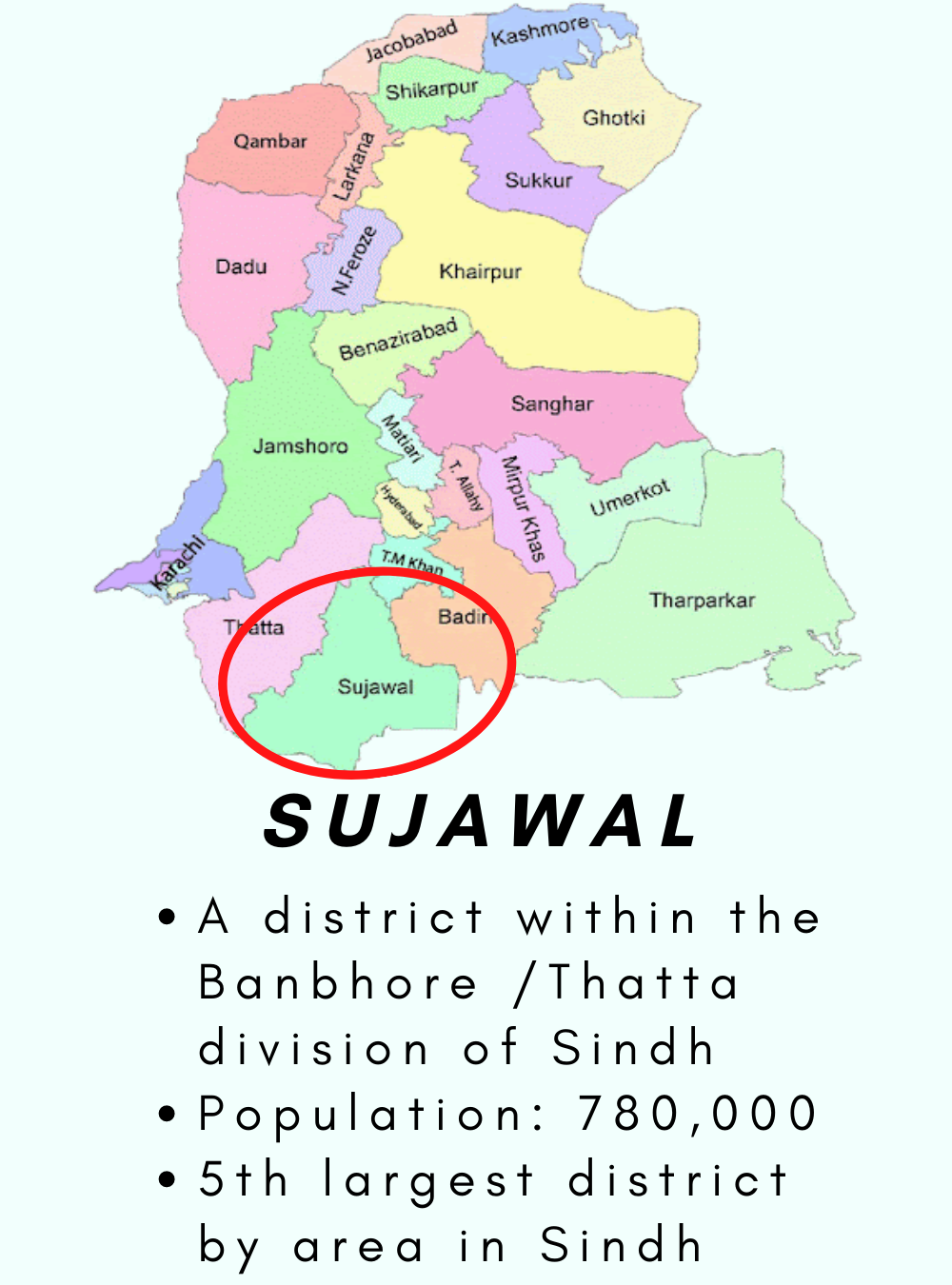
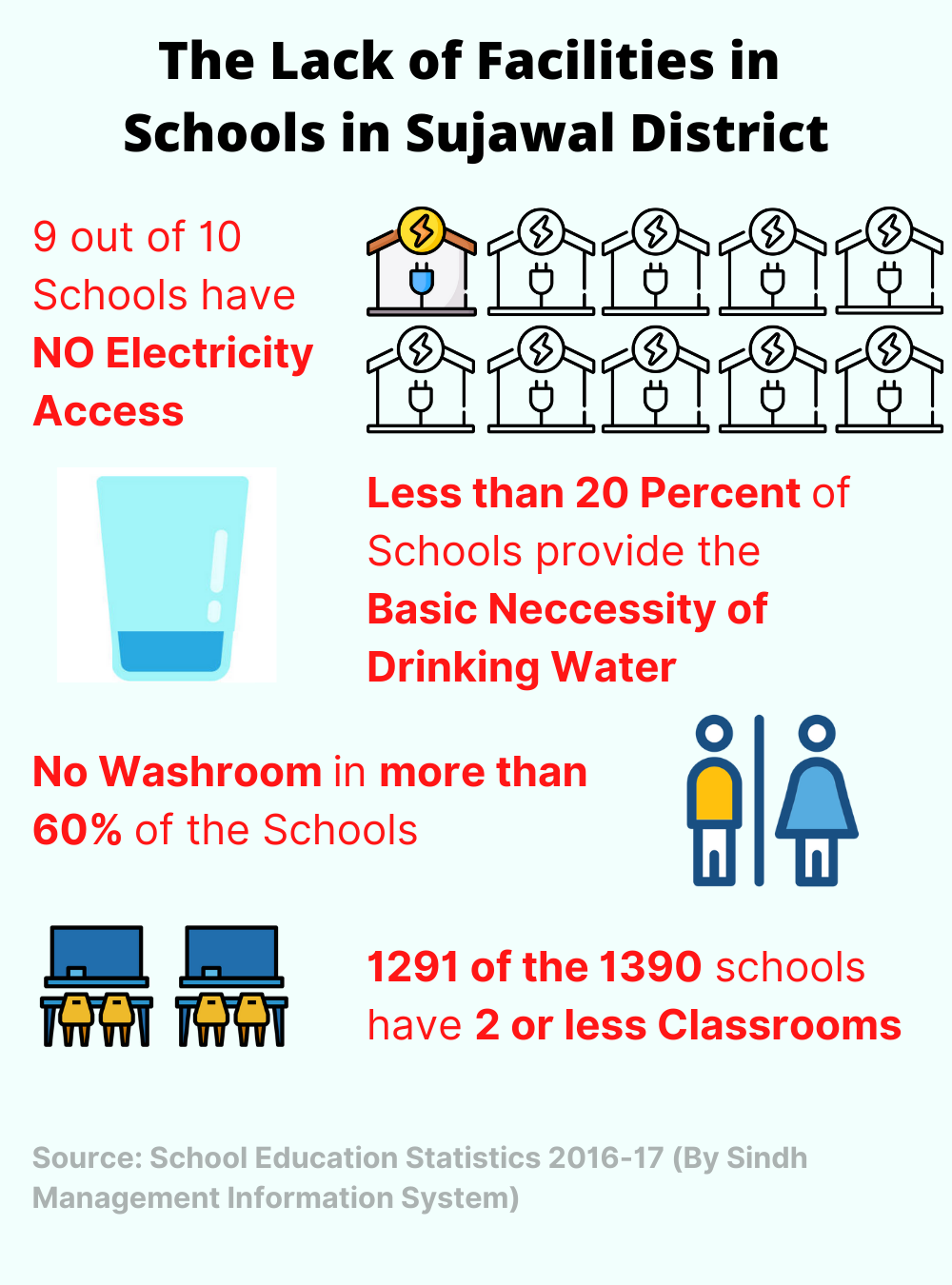
Take the example of Sujawal, a district in one of the neighboring divisions of Karachi.
The PSLM Survey 2019-20 showed that only 28 percent of the total population in this district has ever attended school. Less than one-third of the adult population in Sujawal fulfilled the literacy standard.
While these low numbers might be surprising at first glance, a little deep look into the severe lack of educational facilities in the district completely explain these numbers.
Difference between Districts
The lack of facilities is not similar among all districts. For example, the districts in Karachi or Hyderabad have much better facilities available than the districts in Sukkur or Banbhore division.
The corresponding chart shows the gender disparity in students and the difference in available facilities between the two districts; West Karachi & Mirpur Khas.
West Karachi has far better facilities present. Particularly, it has more bigger schools with higher number of classrooms which allow increased enrollment. The female ratio among students is also higher in both rural and urban areas of the West Karachi.
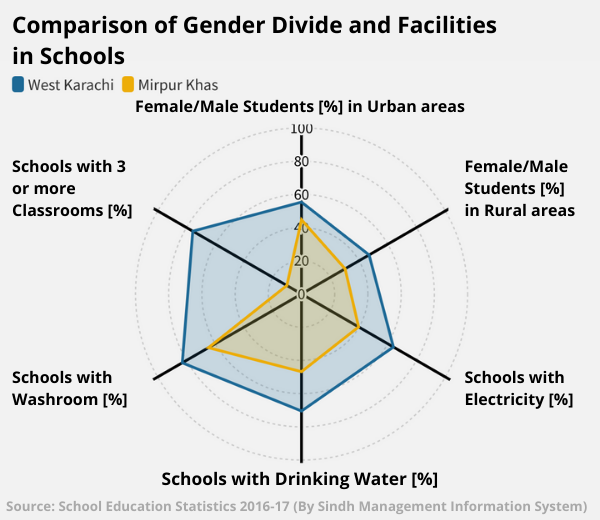
An Overview of Sindh
The trend of more drop-out ratio among girls particularly in higher education levels is visible in Sindh too. This trend was more prominent in the rural population as compared to urban.
The gender gap in teaching staff was also more visible among the rural schools in Sindh. Data shows that less than 20 percent of the teaching staff in rural areas consists of females.
Steps Recommended:
There have been minimal targeted efforts from government to solve the education crisis in the country. Without taking measures which are focused on solving these specific problems, it will be very difficult to create betterment.
Some of the possible steps to solve the problems mentioned in this story:
- Introduction of stipends, particularly targeted to increase retention ratio at higher levels of education. i
- More recruitment of female teaching staff, specifically in rural areas.
- Better accountability on education budget. The federal and provincial government spend almost 13 percent of the total budget on education. The global average is 14 percent. ii
- Awareness regarding the importance of education for all humans regardless of the gender. More emphasized campaigns promoting girls education to reduce the gender disparity.
The investment in female education will pay off in the long term!
THANK YOU :)

Links of Datasets Used:
1. Gender Statistics Dataset from World Bank: https://databank.worldbank.org/source/gender-statistics/preview/on#
2. Sindh Education Statistics: https://opendata.com.pk/dataset/sindh-education-statistics
3. Adult Literacy Rate (PSLM Survey 2019-20): https://www.pbs.gov.pk/sites/default/files//pslm/publications/pslm_district_2019-20/tables/2.14b.pdf
4. Population that has attended school (PSLM Survey 2019-20): https://www.pbs.gov.pk/sites/default/files//pslm/publications/pslm_district_2019-20/tables/2.1.pdf
5. Population Census 2017: https://www.pbs.gov.pk/sites/default/files//population_census/National.pdf
Sources used in the recommendations:
ii Pakistan's Total Education Spending Surpasses its Defense Budget (southasiainvestor.com)